This all started with my 'Convergence' project on a quest for a great bandpass design using a PR as the exit. Initially it was a TB W8-1445A (one-off production sample from the Tent Sale, and also this next item too) and an Eminence 12" PR. I wrote up the project here:
Techtalk Speaker Building, Audio, Video Discussion Forum
I had enough output with the 200W, but the extension on the bottom was lacking. It was made known to me of a commercial company, James Loudspeaker, that sells this kind of design commercially. This only fueled the desire to make this a viable little monster. It was well liked at InDIYana 2017.
Then I went to dig deeper...
I got a UM8-22 and RSS315PR, removed about a 0.25" for the mounting hole, coined the project 'Overdrive' in the same box, and got a little more extension, but the output then suffered. It seemed like where the amp was peaking out was where the design finally hit enough output on the 200W amp. I had a thermal driver failure in this setup, but ultimately do not know what the initialization of that traumatic event was. It could have been amp clipping, or just an inability to expel the heat being the kind of design this is, but I don't feel it was due to wrong box, or overexcursion. I had a replacement in it after that, and never had a problem up to removing it last weekend to make the retrofit explained herein happen for the finale of this 3-year design process. The models did not predict any issue to be concerned about before commencing down this previous path, and I've had several people review them just as reassurance.
I feel if you have a smaller living room or bedroom and require a subwoofer that either of these above would likely be sufficient, and the box isn't big at all. This was definitely a case for Hoffman's iron Law in terms of output vs Xmax.
And now the finale...
About 6 months ago, I started looking for another upgrade path to improve this design and make it what I want from it. On a whim, I modeled the UM10-22 in the same box, and to my surprise I might add, it basically gave me the same result the Um8-22 yielded in terms of response. The improvements were mainly in Sd, Xmax, power handling capacity, and nominal sensitivity. So- same response, but more and better of the 4 specs just stated. I'd call that a win!
I waffled over whether to take the plunge for a good bit of time, because not everyone is happy with this line of subwoofers. It wasn't until there was a sale on the Yung amplifiers in June that I had to make up my mind quickly. Rory was in town around that time, and we had a discussion about this project and the possible options, and he felt my aim was true. I had a lengthy exchange with MattP at PE via PM about the possible reliability concerns of both the amp and the woofers because he has had them himself, and likely not been totally congenial with them. I'm sure he put them to task. He said the 10 was a worthy step-up, and take boosted low end very well. He also said they have not had recent issues with the Yung amps. Since it came from the horse's mouth, I was reassured and bought the Yung SD500-6 amp right before the sale ended. I then picked up the UM10-22 at the Tent Sale a month later for a reduced price.
Now with supplies in hand, I had to modify the box. Most of the time when retrofitting, you just get out the jig-saw and cut a larger hole. Being this is a bandpass, I could not just do that. So after old-units removal, I had to slice off the front chamber of the box. Then I used the former 8" mounting holes as bridge mounts for the false-center. I marked the center using the corners of the box since it's a square x-section, and routed a new rebate, followed by a new through-hole. I marked and drilled mounting holes, and then I biscuit and glued the front back on. Of note- the driver does fit through the PR hole, but barely! I'm glad I had both sides of the driver accessible to position the driver appropriately, or this would have been extremely difficult.
Then I had to cut the new amp through-square, and I'm only lacking about 0.75" in dimension from taking up the entire rear panel. I had to remove the 4 braces I had glued in for the last iteration, and then glued in 2 new braces per side of the box for strength and resonance control.
I used a 4-pole terminal block for connection of amp to driver. There is a bridge connecting the center 2 connectors so that the DVC is connected in series. As for wiring, I wanted something really solid. The UM series takes banana plugs, and I had a set of "polycarbonate locking bananas" and some 2/16 Belden Brilliance wire handy. I used both wires for a net-13AWG assembly per terminal, and CRANKED on them in the jack with a pair of pliers to make them tight. Then I heat-shrunk the banana to jack connection for ultimate durability and keep them from coming apart. I wasn't going to use them for speaker cables, as the locking types tend to break with repeated use, and IMO are kind of a pain to undo and reconnect. I deemed this an acceptable use for them since they would only be attached once.
So- there is the process of this build. Now for the grit in numbers and graphs (see below), as well as some assembly photos of the adaptation.....
Model, along with the amplifier boosted response and inherent highpass pictured below. I found this perusing AVS forum via google looking for just this answer. It therefore does extend below the 30Hz highpass with the boost applied from the preamp board. Note that Unibox is capable of modeling this in segments, and I've pieced this image together to show it in one image.
The finger access rebates are a wise thing to include if you ever think of removing a driver this heavy from a box so small and tight.
Now that the arduous computer modeling was done, and the hair-pulling had subsided, it was time to relax and listen to some music as well as also pummel it with a movie. I have it currently positioned on the floor in front of my entertainment center, just to the left of my right front. I played a movie soundtrack or 2 with some good music songs, and then flipped the phase knob to 180 as something just seemed off. Initiate beat lockdown! All of a sudden it roared to life in my setup. I don't know for sure, but I might have hooked up the amp in reverse to have caused this, or it was just needed to get the summation right. With a 4th order rolloff on the Fenrir on the stands, and the likely 4th order acoustic plus 4th order active rolloff on the sub yielding an 8th order total rolloff, it's hard to say without tearing it back open. The Anthem is at +3 on the sub-out as stated, as it helps to engage the auto-on circuitry that is not able to be bypassed. Gain on the Yung was set at about 1:00, and the xover about 11:00. When I fiddled with it, the sound didn't change much above there due to the inherent rolloff.
I was using the 'Batman and Robin' soundtrack, as I know it quite well. R. Kelly's 'Gotham City' has very dynamic hits, and that just sounded wrong, along with Smashing Pumpkin's 'The End is the Beginning...' never sounding thin like it was this time around. Then there is Jewel's more emotional non-album version of 'Foolish Games' that has a very tonal bass line. Important or not, it's a good disc to own. I then popped Bass Mekanik's 'Download' in to see what it as capable of. 'Out of this World' has a dropping sweep to 10 cycles, and it handled it quite well with a slight Xmax reduction just below the HP rolloff, but it never cut out completely. Then Moonstone with the dominant 27Hz frequency really made this thing shake out the bass. The 8" would have complained, but this thing held its own.
Then I popped in 'Independence Day: Resurgence'. I know the UM8 played this movie with a bit of struggle, but took it just the same. The UM10 on the other hand is a MONSTER in this alignment. I had bass for days and then some. I was really shocked and the jaw popped open a few times because of it. In fact, this is the best bass I've heard since either; 1- I ran Marianas, or 2- Matt ran his dual 18TBX100s. Tight and tuneful, and never sloppy, this thing made explosions in movies sound like they are supposed to. It was fine at the same level setting as the music, but felt it was a little overblown in output, so I dropped it to 12 noon. I'm really pleased with this endgame, as it does what I'd hoped it was capable of doing. Bandpass designs are really low distortion alignments as long as the port turbulence is accounted for, or replaced by a PR as in my case.
Some additional notes:
-If this amplifier is to be placed on a sub on a room boundary, or even in a corner, I would think hard about using the non-boosted amplifier, or even shorting the 2 caps out that provide the main boost on the preamp board by way of a DPST to make it an optional +4dB at 25Hz. The secondary boost is provided by the 30Hz highpass filter at about 1.2dB of gain. I learned this over on AVS forum here, useful starting at about page 3:
DIY Speakers and Subs - AVS Forum | Home Theater Discussions And Reviews
-This 'Overdrive10' design is assumed to be flat theoretically to 22Hz with the boost engaged as-is. The amplifier response profile along with the supposed anechoic non-boosted response above in the model plot, and it should be pretty close, barring room gain changes.
-If making a bandpass sub of this type, or even just a PR box, I highly recommend measuring the tuning with an impedance sweep to verify it is as it should be. Being the nature of the bandpass beast, having it off by 5Hz can really impact the extreme rolloffs of the design.
-Spikes might be a requirement due to how much this thing shakes when it operates.
-Unfortunately, this is not a cheap sub. $169 for the woofer, $90 for the PR, and $238 for the amplifier. I got the PR for $16 and the woofer for $136 at the Tent Sale, and the amp for $200 on sale, not counting the other drivers and passive that I tried out in this configuration. The Yung 200 I had was a door prize at MWAF that started this ball rolling 2 years ago with the Convergence drivers I already had. It's been a long case of R&D this time around.
In conclusion- I'm happy with this version, and will likely leave it naked MDF for a good bit dreading taking it apart to finish it and not have the bass presence for that pending period of time. At a gross volume of just over a cubic foot, I personally have not heard a sub do what this thing can, outside of being in a car. It can be loud, do it cleanly, and plumb the depths. I couldn't ask for more, except maybe a second one! Really though, one is enough.
If you have any questions, please just ask.
Thanks for looking!
Wolf

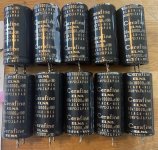
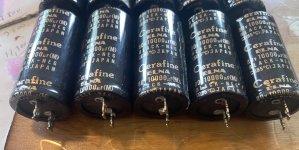

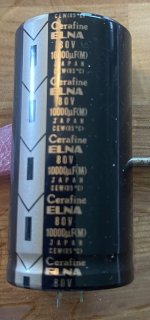
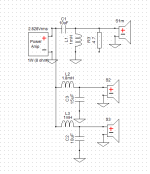
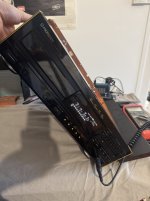
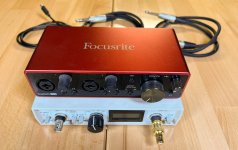
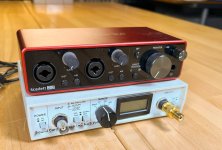
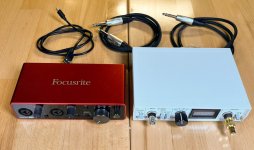

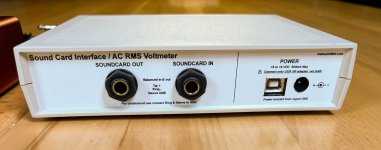


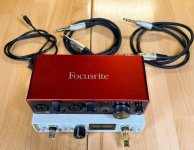
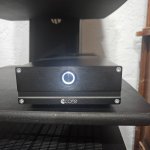
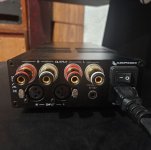
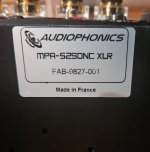
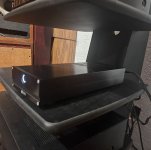
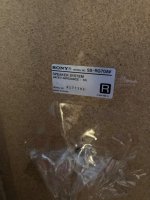
 )
)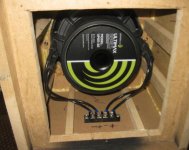
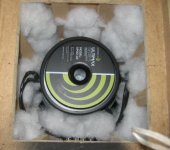
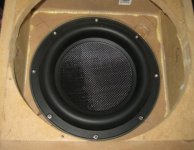
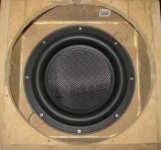
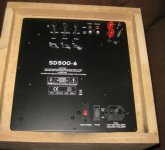
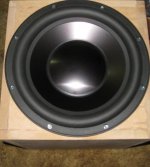
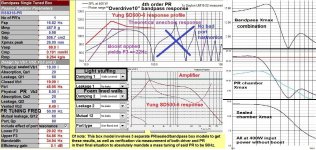
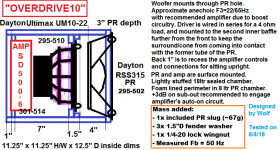

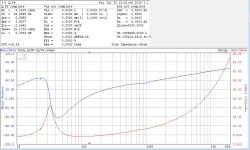
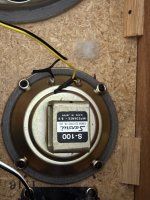

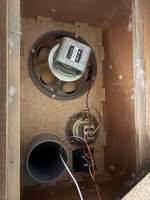
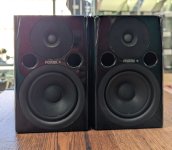
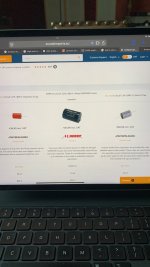


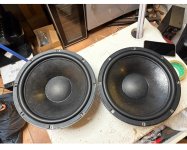

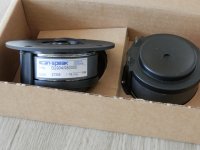
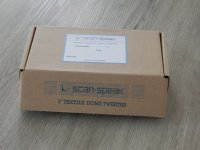
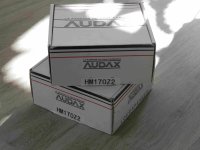
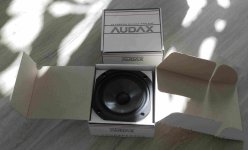
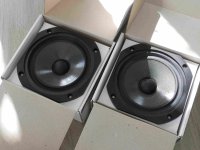
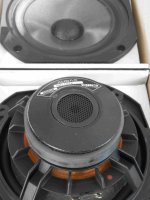
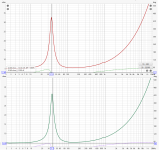
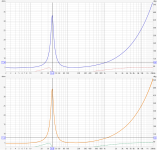
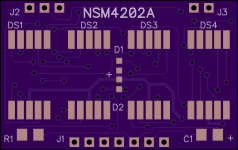
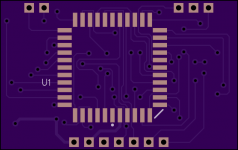
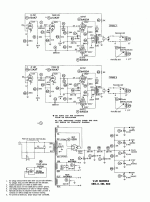
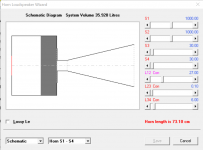
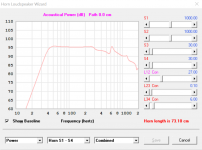
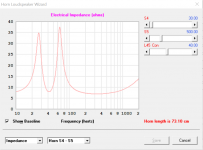
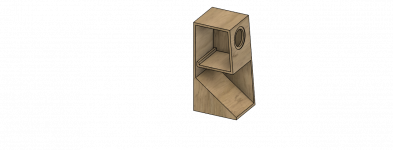
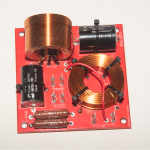
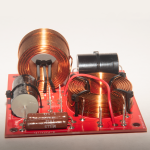
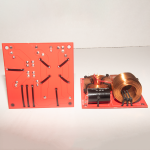
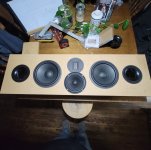
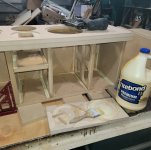
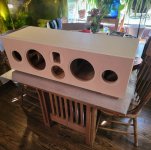

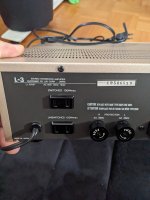
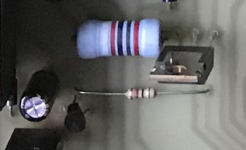
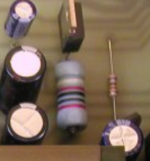
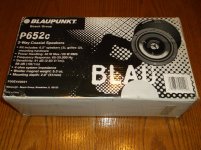
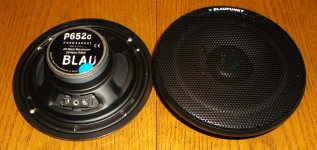
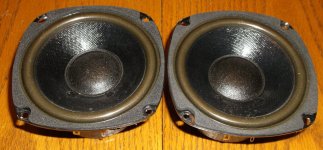
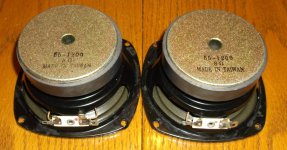
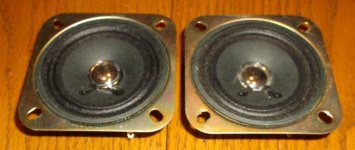
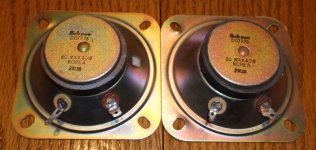
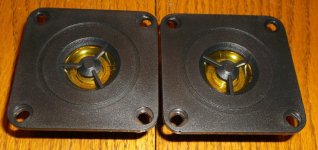

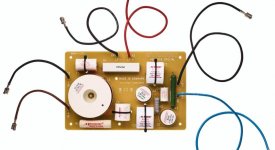
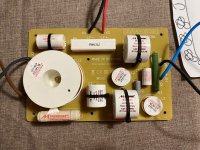
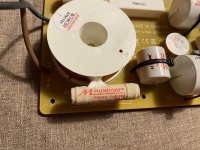
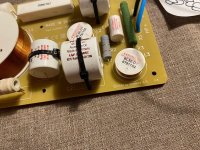
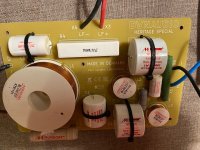
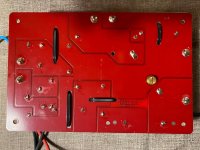
 Copyrighted materials removed by moderation.
Copyrighted materials removed by moderation.